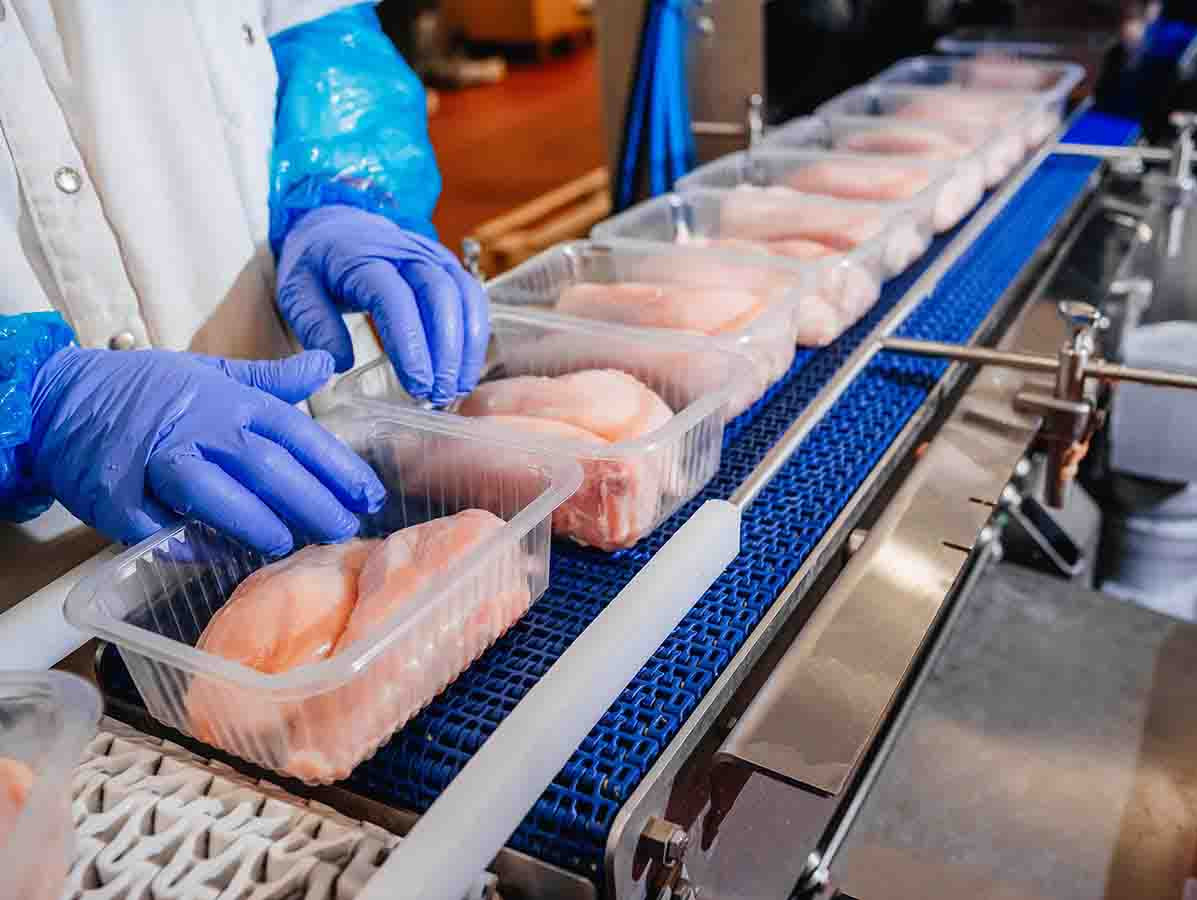
The food sector faces major challenges toward making energy use greener. Despite growing pressure to operate more sustainably, the food industry continues to struggle to transition to green energy sources. Rising energy prices and taxes are putting pressure on food companies, but there are sustainability options such as solar panels, waste heat and biomass. A joint effort by companies and government is crucial to make the food sector more sustainable, according to ING Research.
The food industry accounts for 8% of total energy use in Dutch industry. Natural gas is the main source of energy in this sector, followed by electricity, renewable energy, coal and heat. Although the share of renewable energy is gradually growing, the shift to greener energy sources remains slow, even during periods of high energy prices.
Despite rising energy prices, natural gas consumption in the food industry has remained constant. This is because energy costs are generally a relatively small portion of food manufacturers' total costs. Other industries have reduced production and imported more from outside the EU in response to higher energy prices, but the food industry has not yet done so because of stable food demand, with higher energy costs largely passed on to customers. It is expected that energy bills will remain higher in the coming years because of higher energy prices and taxes on gas, which will be a larger part of companies' costs if they do not take action.
The food sector has several options for using less fossil energy, depending on the size of the business, production processes, type of premises and grid congestion in the area. Solar panels are becoming more common and can meet some of the electricity needs of food businesses, but they can only supply 10 to 25 percent of current electricity needs, and solar panel yields fluctuate widely while electricity demand is constant. Waste heat can be used to electrify heat demand, while biomass and biogas can help reduce gas consumption in certain applications. Hydrogen currently has limited use in the food sector because of technical limitations and high costs.
Companies in the food industry have several drivers to make their energy use more sustainable, including cost savings, government policies, sustainability goals and customer demands. Although payback periods for investments are often considered long, long-term cost savings can outweigh initial investments. Government policy plays a key role in encouraging investment in sustainability, through financial incentives, subsidies and regulations. In addition, food companies are increasingly facing demands from customers and consumers to provide sustainably produced food, which encourages them to green their energy use and reduce their carbon footprint.
However, there are obstacles to making the food sector more sustainable, including the size of investments, payback periods, grid congestion and other practical and financial factors. Payback periods play an important role in investment decisions, as companies seek a return on their investments within a reasonable period of time. Grid congestion also poses a challenge for process electrification, as current power grids may not have sufficient capacity to handle increasing electricity demand. In addition, permits and insurance requirements may also affect companies' plans to become more sustainable.
Accelerating the sustainability of the food sector requires a concerted effort by government, companies and other stakeholders. Creating a favorable investment climate, providing financial incentives and promoting innovation are essential to stimulate the greening of the food sector and meet climate goals.
Quote Ceel Elemans, ING Sector Banker Food:
"For food companies, it is important to anticipate changes in the energy system and future policies. Companies with refrigeration and freezer units, for example, can buy more power for their cooling units at times of high supply to relieve the grid. While an industrial bakery can invest in gas ovens that can be converted to electricity later on."
Source: ING